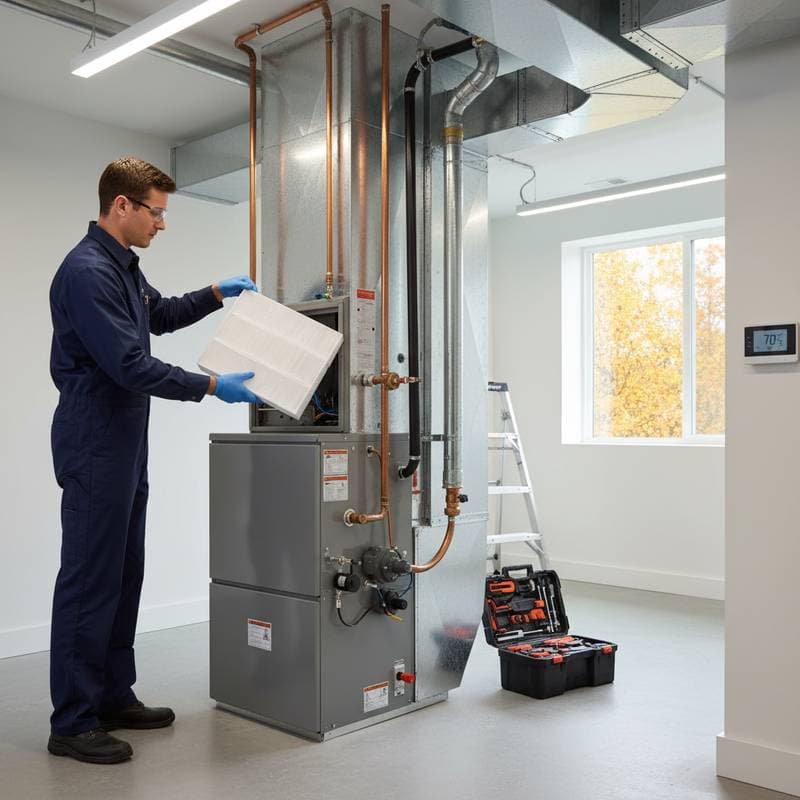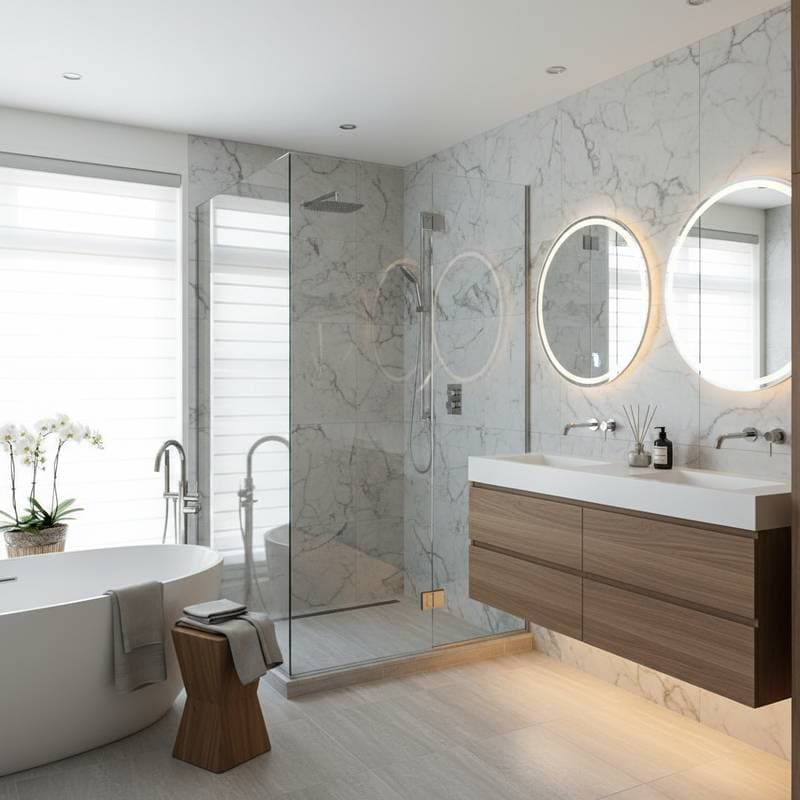Understanding Home Warranties and High-Deductible Insurance Plans in 2025
Homeowners encounter a critical decision in safeguarding their property and controlling repair expenses. Home warranties provide coverage for system and appliance breakdowns, while high-deductible insurance plans reduce annual premiums at the expense of higher out-of-pocket costs during claims. The optimal selection hinges on individual risk tolerance, property age, and financial preparedness.
This analysis examines the mechanics of each option, associated expenses, and strategies for alignment with diverse homeowner profiles. By evaluating coverage scopes, potential savings, and integration possibilities, readers gain tools to secure financial stability alongside reliable home maintenance.
Detailed Cost Analysis
Home warranties typically require an annual premium between $300 and $600, varying by provider and coverage level. Each service request incurs a fee of $75 to $125, which applies toward repairs or replacements for covered items such as heating systems or kitchen appliances. These plans emphasize predictable budgeting, as the total yearly outlay remains relatively stable regardless of claim frequency.
High-deductible insurance policies lower premiums by $500 to $1,000 annually compared to standard deductibles, but they impose deductibles ranging from $1,000 to $5,000 per incident. This structure suits scenarios where major damages, like storm-related roof repairs, occur infrequently. Homeowners must weigh the premium reduction against the potential for substantial payments during unforeseen events.
Consider a homeowner with a decade-old residence. If minor issues arise sporadically, a high-deductible approach preserves funds through reduced premiums. Conversely, properties with outdated plumbing or electrical systems benefit from warranties that cap expenses on frequent breakdowns, avoiding bills that could exceed $2,000 for a single furnace repair.
Assessing Risks and Dependability
Risk management forms the core of this choice. High-deductible plans demand a robust emergency reserve, enabling homeowners to address repairs independently without triggering claims. This method fosters discipline in maintenance routines, minimizing overall insurance interactions.
Home warranties mitigate unpredictability by designating a fixed service fee per incident, streamlining expense planning. Limitations arise, however, as providers often exclude pre-existing conditions or require proof of routine upkeep. Homeowners report varied outcomes: some recover significant sums on air conditioning overhauls, while others face delays in technician dispatch or coverage denials for undocumented maintenance.
To navigate these challenges, review policy terms meticulously. Identify exclusions for items like improper installations or wear-and-tear beyond standard limits. Engaging with homeowner communities reveals patterns in claim approvals, underscoring the importance of selecting providers with strong resolution records.
Scenarios Favoring High-Deductible Plans
High-deductible policies align well with certain profiles:
- Owners of homes less than five years old, featuring modern infrastructure less prone to failure.
- Individuals maintaining an emergency fund covering at least the deductible amount.
- Those prioritizing minimal annual outflows over comprehensive claim support.
- Infrequent claimants who address issues through personal resources.
This strategy yields long-term economies for proactive maintainers. Financial advisors endorse it for those with steady savings habits, provided funds match or exceed the deductible to avert financial strain during losses. Regular inspections further enhance its viability by preempting covered perils.
Criteria for Measuring True Worth
Determining superior value requires scrutiny of personal circumstances, property status, and aversion to variability. Key evaluation elements include:
- Property Age and State: Structures over 15 years old often justify warranties due to elevated breakdown risks; contemporary builds may suffice with deductibles.
- Fiscal Preparedness: Capability to absorb $2,000 to $5,000 in sudden costs supports high-deductible selection; limited liquidity favors warranties.
- Upkeep Practices: Diligent servicing diminishes reliance on either option, yet consistent routines amplify savings in both.
Solicit quotes from multiple sources: at least three warranty firms and two insurers. Construct a comparison chart detailing inclusions, caps on payouts, and user feedback on responsiveness. This process illuminates gaps and strengths, guiding informed decisions.
Perspectives from Industry Professionals
Service technicians view warranties as supplemental agreements rather than comprehensive shields. They complement scheduled maintenance by funding unforeseen failures, yet demand ongoing care to validate claims. Neglecting this aspect invites disputes over coverage eligibility.
Insurance specialists caution that elevated deductibles thrive only with sparse claims. Accumulating even modest incidents can offset premium gains, particularly in regions prone to weather events. Publications emphasize pre-purchase diligence: scrutinizing terms averts post-acquisition regrets and elevates overall satisfaction.
Steps to Implement Your Strategy
Commence by inventorying home components, noting ages and operational statuses. Research replacement costs for essentials like water heaters ($1,000 to $2,500) or refrigerators ($800 to $3,000). Contrast these figures against warranty premiums; if the plan undercuts a single major outlay, it warrants exploration.
Consult your insurer regarding deductible adjustments and corresponding premium adjustments. Model scenarios using average repair data: for instance, calculate five-year totals incorporating potential claims. Hybrid approaches, blending a warranty for appliances with a high deductible for structural perils, often optimize protection without excess expenditure.
Tailored home safeguards enhance resilience and tranquility. Select the configuration that harmonizes fiscal constraints, property demands, and assurance needs for enduring benefits.





